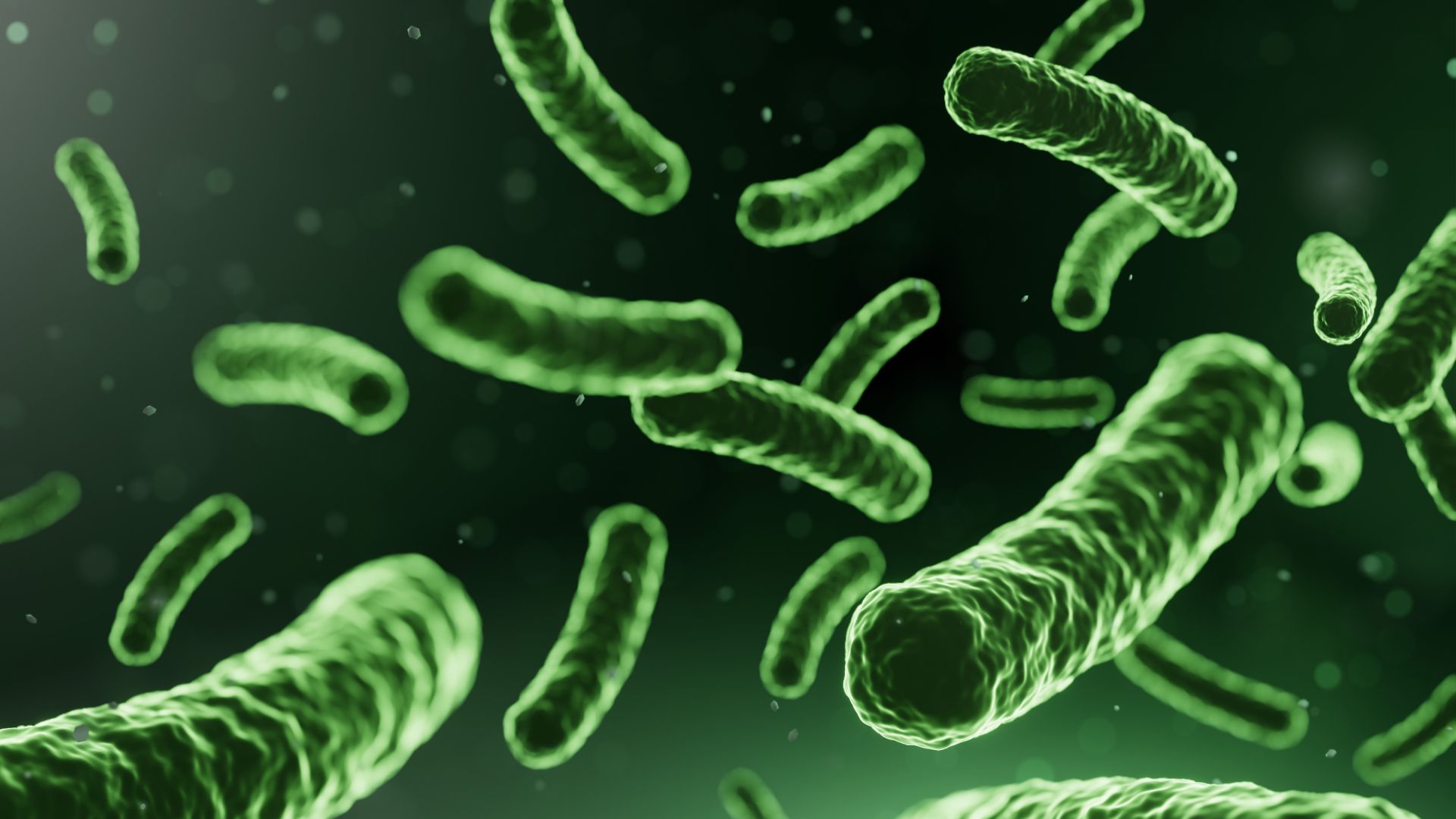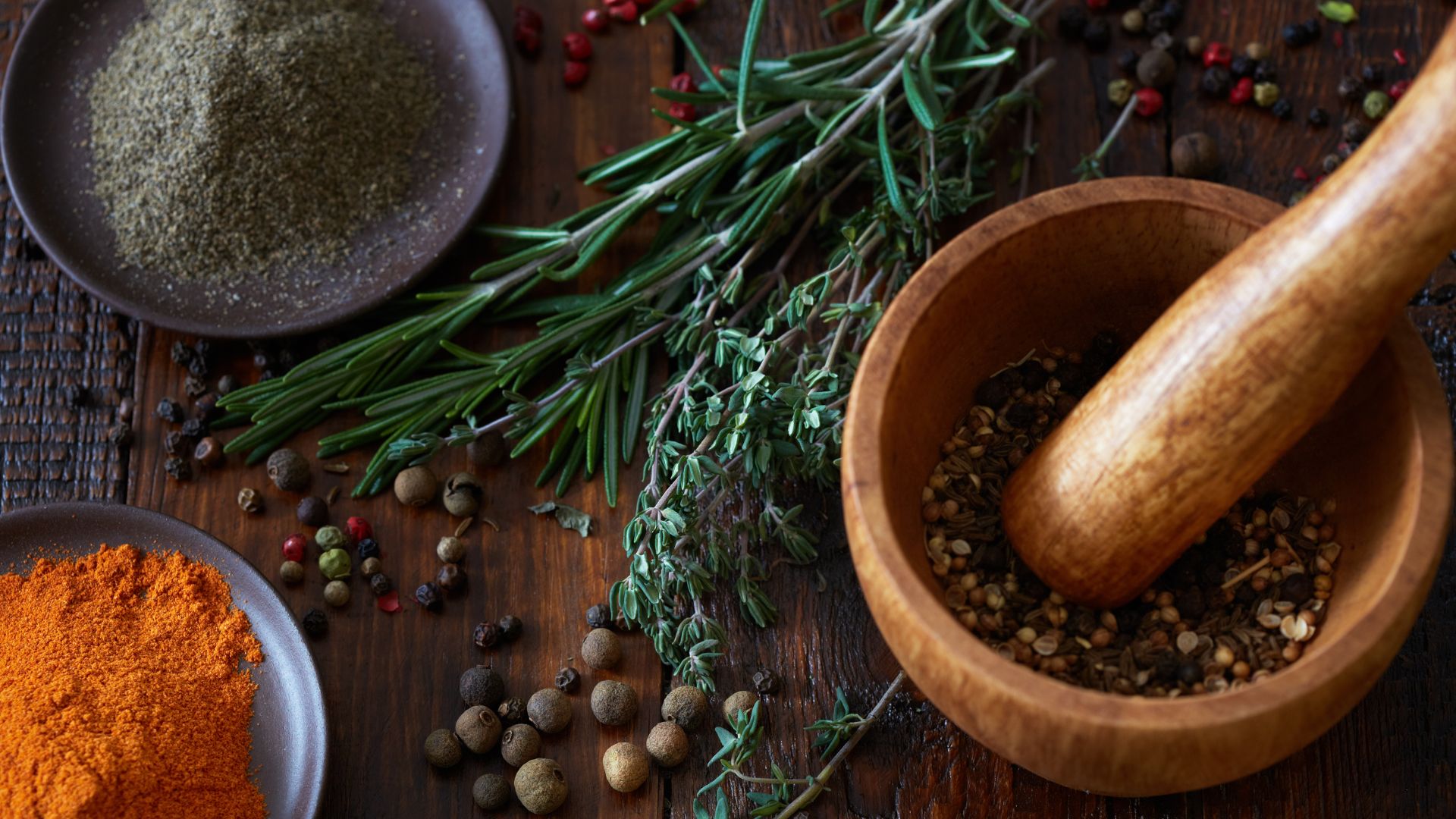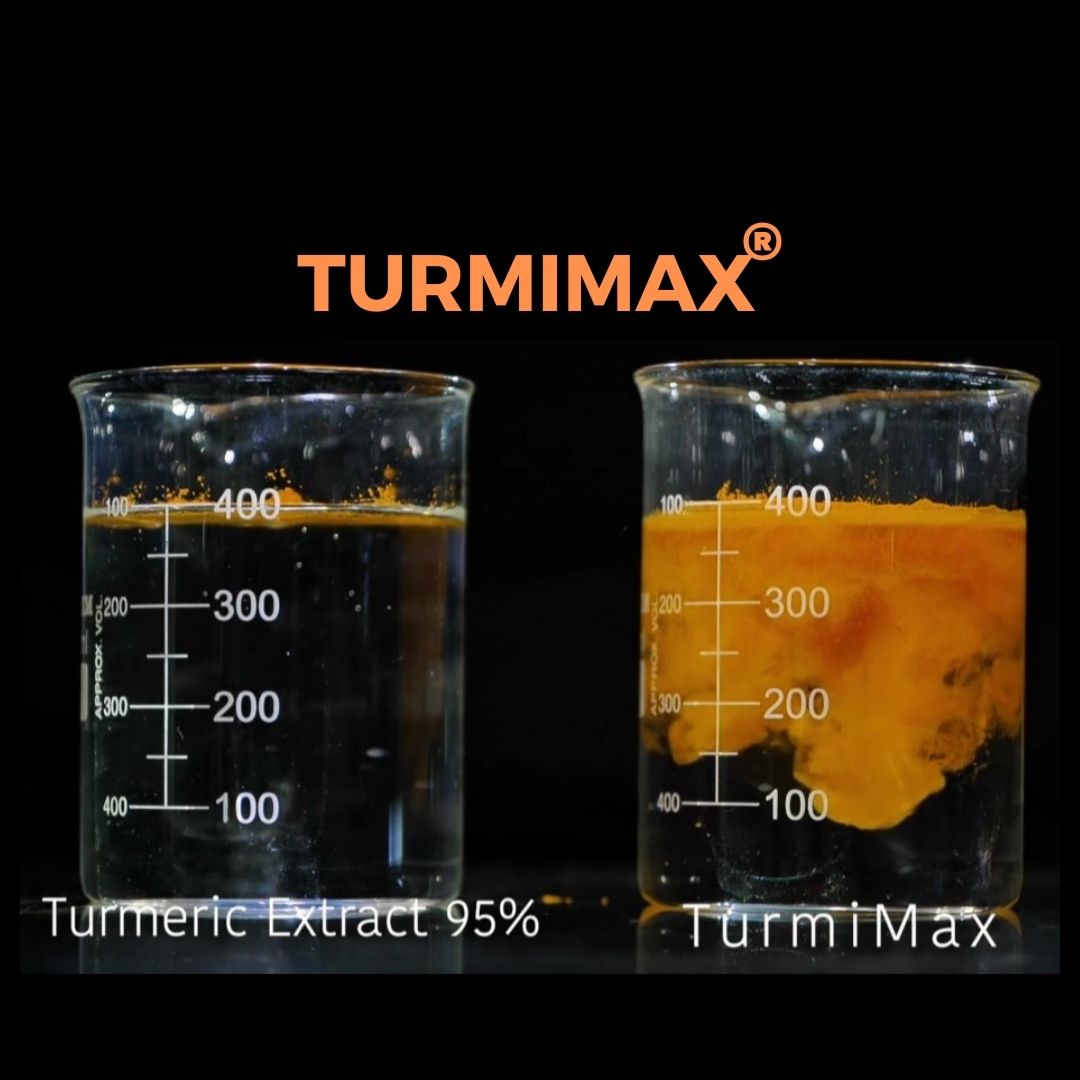The global herbal extract market's rapid expansion has intensified debates between proponents of standardized and raw herbal extracts. For procurement professionals, understanding these differences is critical for balancing cost, quality, and therapeutic efficacy. This analysis examines the biochemical, industrial, and regulatory distinctions between these extract types, supported by chromatographic data, clinical studies, and supply chain insights.
Defining the Extracts: Core Concepts
Raw Herbal Extracts
Raw herbal extracts (often called "crude" or "traditional" extracts) preserve the plant's native phytochemical profile. These are minimally processed, typically involving:
- Air-drying and milling plant material
- Basic solvent extraction (water, ethanol)
- Limited purification or concentration
For example, raw Curcuma longa powder retains curcuminoids (2-5%), turmerones, and polysaccharides but shows 25-40% batch-to-batch variability in bioactive content14.
Standardized Herbal Extracts
Standardized extracts undergo rigorous processing to ensure consistent marker compound concentrations:
- Advanced extraction (supercritical CO₂, ultrasonic-assisted)
- Chromatographic purification (HPLC, GC-MS)
- Concentration ratios (e.g., 10:1 = 10kg herb → 1kg extract)
A standardized Panax ginseng extract, for instance, guarantees ≥80% ginsenosides with <5% variance across batches16.
Phytochemical Composition: Diversity vs. Precision
Raw Extract Complexity
Raw extracts contain the plant's full phytocomplex:
- Primary metabolites (sugars, amino acids)
- Secondary metabolites (alkaloids, flavonoids)
- Synergistic compounds (e.g., piperine in black pepper enhancing curcumin absorption)
However, bioactive levels fluctuate due to:
| Factor | Impact on Raw Extracts |
|---|---|
| Seasonal variation | ±35% polyphenol content |
| Soil composition | ±28% mineral uptake |
| Harvest timing | ±40% essential oil yield |
Data from WHO cultivation guidelines7
Standardized Extract Uniformity
Standardization focuses on 1-3 marker compounds:
| Herb | Standardized Marker | Typical Concentration |
|---|---|---|
| Ginkgo biloba | 24% flavonoids | 6% terpene lactones |
| Milk Thistle | 80% silymarin | 30-50% silybin |
| Ashwagandha | 5% withanolides | 2.5% alkaloids |
This precision comes at a cost – Hypericum perforatum standardized to 0.3% hypericin loses 70% of native hyperforin6.
Manufacturing Processes: Traditional vs. High-Tech
Raw Extract Production
Raw vs. Standardized Manufacturing Workflow Simplified workflow comparison
- Energy Use: 0.8 kWh/kg vs. 4.2 kWh/kg for standardized4
- Solvent Residues: ≤500ppm ethanol vs. ≤50ppm in standardized3
- Yield: 8-12% vs. 1.5-3% for 10:1 extracts1
Standardization Technologies
- Molecular Distillation: Isolates heat-sensitive compounds (e.g., CBD)
- Membrane Filtration: Removes heavy metals to <0.1ppm4
- Lyophilization: Preserves 95% volatiles vs. 60% in spray-dried powders6
Quality Control Paradigms
Testing Protocols
| Parameter | Raw Extracts | Standardized Extracts |
|---|---|---|
| Identity Testing | Macroscopic/HPTLC3 | HPTLC + qPCR7 |
| Potency | UV-Vis (total phenols) | HPLC (specific markers)3 |
| Contaminants | Heavy metals, microbes | Pesticides, solvents, ARGs4 |
| Stability | 6-12 months | 24-36 months6 |
Certifications impact quality:
- GMP: Reduces microbial counts by 3-log vs. non-certified2
- ISO 17025: Ensures ±2% analytical accuracy vs. ±15% in-house labs3
Therapeutic Efficacy: Clinical Evidence
Raw Extract Advantages
- Synergistic Effects: Whole Echinacea extracts show 40% greater immunomodulation than isolated alkamides1
- Broad-Spectrum Activity: Raw Allium sativum contains 100+ sulfur compounds vs. 2-3 in standardized7
Standardized Extract Benefits
- Dose Precision: 450mg Ginkgo extract (24% flavonoids) matches prescription drugs in dementia trials6
- Bioavailability: Nano-emulsified curcumin (95% standardized) has 35x higher absorption vs. raw1
Cost Analysis for Procurement
| Factor | Raw Extracts | Standardized Extracts |
|---|---|---|
| Initial Cost/kg | $18-25 | $80-220 |
| QC Testing | $120/batch | $450/batch |
| Waste Rate | 12-18% | 3-5% |
| Shelf-Life Costs | $8/month | $2/month |
Break-Even Point: Standardization becomes cost-effective at >2,000kg annual usage4.
Regulatory and Market Considerations
Global Compliance
- EU Traditional Use Registrations: Require 30-year history – favors raw extracts7
- FDA Structure/Function Claims: Need marker compound data – favors standardized6
- Ayush (India): Accepts both but mandates GMP for exports2
Consumer Trends
- Clean Label: 68% prefer "whole herb" listings (raw extracts)1
- Clinical Backing: 82% trust standardized extracts for chronic conditions5
Strategic Recommendations
- Hybrid Sourcing: Use standardized markers for actives (e.g., curcumin) + raw extracts for synergists (e.g., piperine)
- Supplier Audits: Verify GMP compliance via:
- Chromatogram reviews (HPLC)
- Microbial load testing (CFU/g)
- Solvent residue analysis (GC-MS)3
- Stability Budgeting: Allocate 15% of costs for standardized extract stability protocols2
Conclusion: Context Dictates Choice
Raw herbal extracts offer phytochemical complexity ideal for traditional formulations and clean-label products, while standardized extracts provide dose precision required for clinically validated supplements. Procurement teams must align extract selection with target markets:
- Organic/Whole-Food Brands: Prioritize raw extracts with HPTLC verification3
- Pharma-Nutraceutical Hybrids: Invest in standardized extracts with USP monographs6
Emerging technologies like blockchain-tracked raw materials and AI-optimized extraction parameters will further bridge these categories, enabling cost-effective precision without sacrificing botanical integrity47.
By marrying traditional herbal wisdom with modern standardization, manufacturers can cater to both evidence-driven and holistically inclined consumers – the true hallmark of 21st-century herbalism.
Data sources comply with WHO Annex 1 guidelines7, FDA 21 CFR 1112, and ISO 17025 testing standards3.
Citations:
- https://www.planetayurveda.eu/blog/standardized-herbal-extract/
- https://pmc.ncbi.nlm.nih.gov/articles/PMC10561302/
- https://www.supplysidesj.com/herbs-botanicals/how-a-real-testing-lab-tests-herbal-extracts
- https://arjunanatural.com/sourcing-challenges-in-plant-based-nutraceuticals/
- https://vitaquest.com/understanding-branded-ingredients-vs-generic-ingredients/
- https://www.supplysidesj.com/supplement-regulations/the-benefits-and-pitfalls-of-standardizing-botanical-extracts
- https://cdn.who.int/media/docs/default-source/medicines/norms-and-standards/guidelines/quality-control/trs1003-annex1-marker-substances-herbal-medicine-quality-control.pdf?sfvrsn=f4ac0cca_0&download=true
- https://www.tga.gov.au/resources/resource/reference-material/identification-herbal-materials-and-extracts
- https://www.moice.gov.bt/wp-content/uploads/2020/07/Herbal-Extracts.pdf
- https://www.1mg.com/articles/generic-vs-brand-name-drugs-which-is-better/
- https://www.nowfoods.com/healthy-living/articles/whole-herbs-vs-standardized-herbal-extracts-which-better
- https://www.fda.gov/drugs/pharmaceutical-quality-resources/current-good-manufacturing-practice-cgmp-regulations
- https://arjunanatural.com/how-to-choose-branded-extracts/
- https://www.who.int/docs/default-source/medicines/norms-and-standards/guidelines/quality-control/quality-control-methods-for-medicinal-plant-materials.pdf?sfvrsn=b451e7c6_0
- https://www.healthline.com/health/drugs/generic-vs-brand
- https://lifespa.com/herbs-supplements/whole-herbs/whole-herbs-vs-extracts/
- https://pmc.ncbi.nlm.nih.gov/articles/PMC4399016/
- https://www.banyanbotanicals.com/pages/banyan-herbs-quality-control-and-testing
- https://www.mdpi.com/2297-8739/10/3/177
- https://www.nature.com/articles/s41598-020-62318-y





